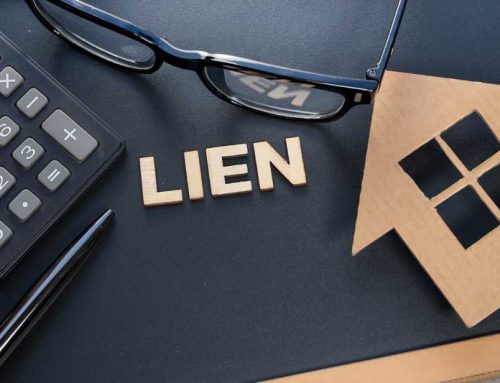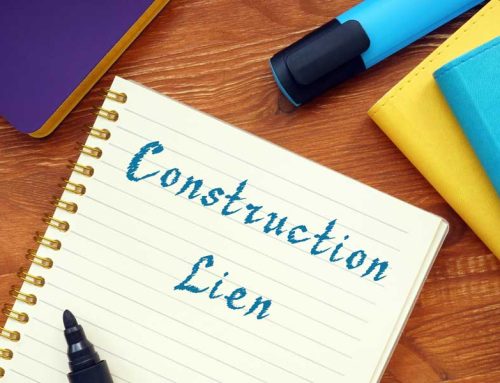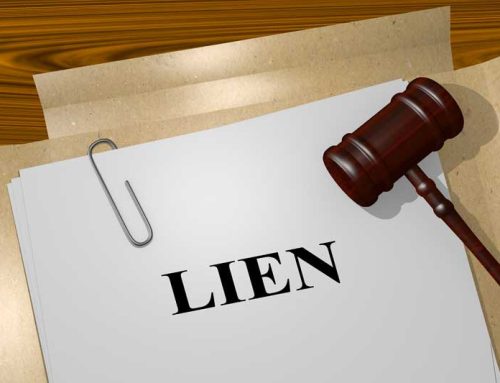How Construction Liens Work: A Comprehensive Guide for Contractors and Property Owners
Introduction
Construction liens play a pivotal role in protecting the rights of contractors and suppliers involved in construction projects. Understanding how construction liens work is essential for safeguarding financial interests and ensuring project completion without unnecessary delays or disputes.
What are Construction Liens?
Construction liens, also known as mechanics liens, are legal claims that contractors, subcontractors, suppliers, or laborers can place on a property. These liens serve as a form of security, ensuring that parties involved in a construction project receive payment for their services and materials.
Importance of Construction Liens
Construction liens provide a crucial layer of protection for all stakeholders in a construction project. They ensure that those contributing to the project receive fair compensation and prevent property owners from unfairly withholding payments. Moreover, they help maintain a fair and transparent environment within the construction industry.
How Construction Liens Work
Filing a Construction Lien
The process of filing a construction lien involves several crucial steps. Contractors and suppliers must adhere to specific guidelines and meet certain requirements to ensure the validity of the lien. They typically need to submit a preliminary notice, followed by a formal claim within a specified timeframe.
Enforcement of Construction Liens
Enforcing a construction lien often requires legal action. Contractors may need to initiate legal proceedings to prompt payment from property owners who have failed to honor their financial obligations. Depending on the jurisdiction, the enforcement process can involve various legal remedies and actions.
Release of Construction Liens
The release of a construction lien is contingent upon fulfilling specific conditions. Once the payment disputes are resolved or the contractual obligations are met, the lien holder must file a release of the lien. This step is crucial to ensure the smooth progress of the construction project and maintain a positive business relationship between the parties involved.
Impact on Construction Projects
Construction liens can significantly impact the progress and dynamics of a construction project. They can affect project financing, create disputes between contractors and property owners, and lead to delays in project completion. Understanding the potential implications is essential for proactive management and successful project delivery.
Differences in State Regulations
It’s vital to note that construction lien regulations may vary from state to state. Each state has its own set of statutes and guidelines governing the filing, enforcement, and release of construction liens. Contractors and property owners must be aware of these variations to ensure compliance with the relevant legal requirements.
Process of Filing
Initiating the Lien Filing Process
The process of initiating a lien filing involves sending a preliminary notice to the property owner and other relevant parties. This notice serves as a formal indication of the intent to claim a lien if payment issues arise.
Required Documentation
To file a construction lien successfully, contractors and suppliers must gather and submit essential documentation, including contracts, invoices, and proof of work or materials supplied. Keeping detailed records is crucial to substantiate the validity of the lien.
Timelines and Deadlines
Meeting specific timelines and deadlines is critical when filing a construction lien. Missing the deadline for filing a claim or not adhering to the specified timelines can jeopardize the validity of the lien and hinder the chances of receiving rightful payment.
Cost Involved in Filing
The cost of filing a construction lien may vary depending on the complexity of the project and the legal requirements of the state. Contractors and suppliers should factor in these costs while budgeting for their projects to avoid any financial strain.
Enforcement Steps
Legal Actions and Remedies
Enforcing a construction lien often involves legal actions and remedies such as filing a lawsuit or initiating an arbitration process. Seeking legal counsel and exploring dispute resolution mechanisms can help streamline the enforcement process.
Notices and Timelines
Sending formal notices to the concerned parties is an integral part of the enforcement process. These notices serve as official communication regarding the intent to pursue legal action if the payment issues remain unresolved.
Involvement of Courts
In some cases, the enforcement of construction liens may involve the legal system, including the involvement of courts. Resolving disputes through court proceedings requires meticulous preparation and adherence to the legal procedures outlined by the judiciary.
Liens on Public Projects
Construction liens can also apply to public projects, although the procedures and regulations may differ from those for private projects. Contractors and suppliers working on public projects must understand the unique requirements and guidelines associated with filing and enforcing liens in such cases.
Release of Liens
Conditions for Release
Releasing a construction lien typically involves fulfilling certain conditions, such as receiving the due payments or reaching a settlement agreement. Clear communication and documentation play a vital role in ensuring a smooth and timely release process.
Documentation Required
To initiate the release of a construction lien, contractors and suppliers must provide specific documentation, including a formal release of lien document. This document serves as official confirmation that the financial disputes have been resolved, and the lien is no longer in effect.
Timelines for Release
Timely release of a construction lien is crucial for maintaining a positive relationship between the parties involved in the construction project.
Choose Lienguard for all lien needs and experience a streamlined, transparent, and secure lien waiver process. Embrace the power of Lienguard today and elevate your lien management to new heights!




